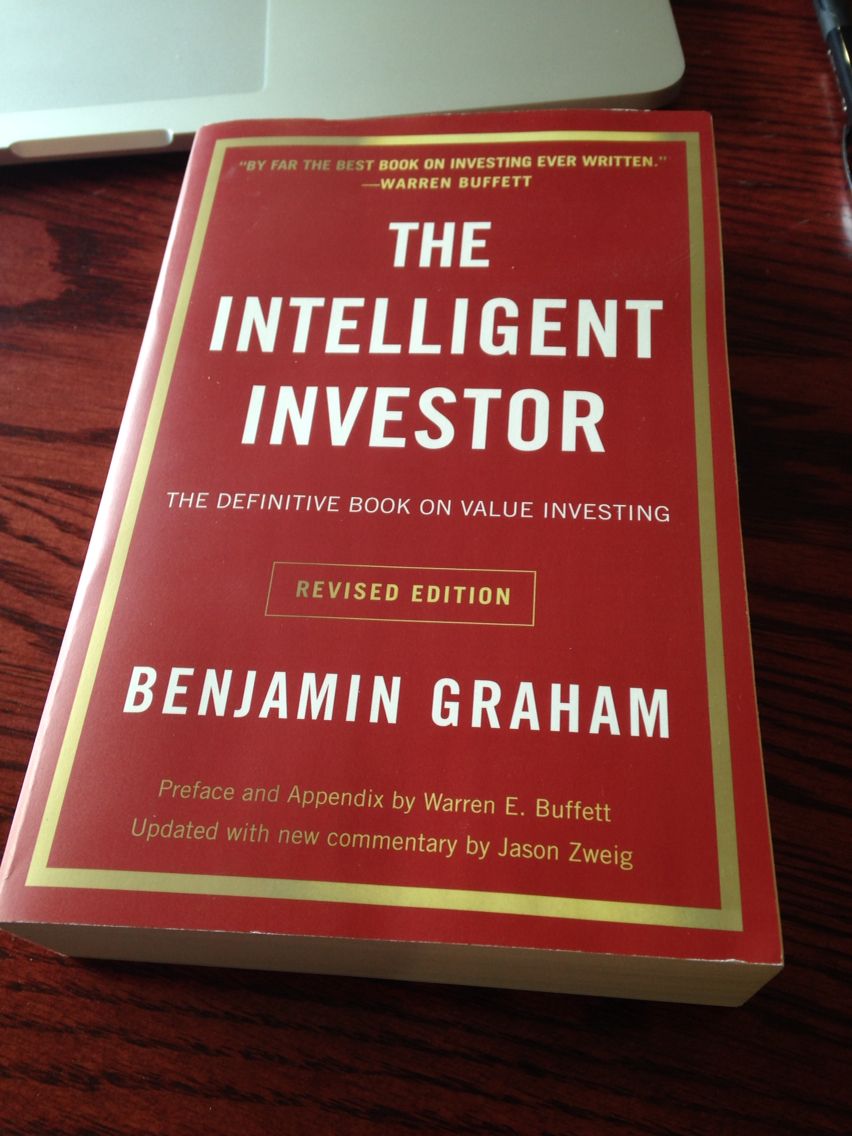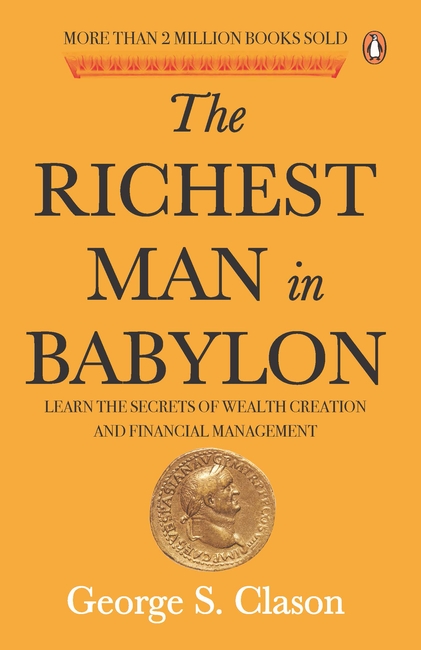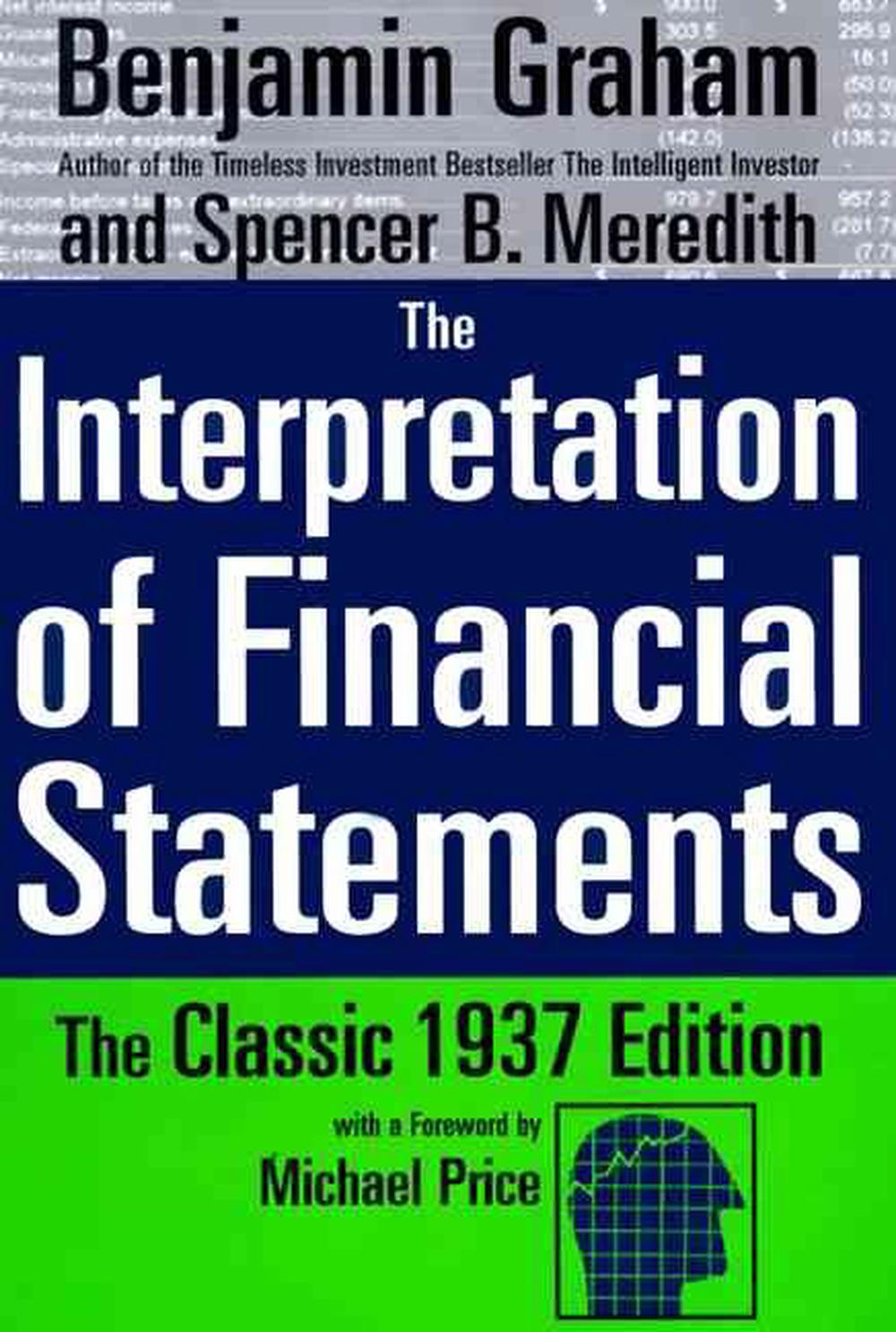
Introduction
Successful investing doesn’t require an extraordinary IQ, insider information, or even luck. Instead, it demands a sound intellectual framework for decision-making and the ability to manage emotions. In “The Intelligent Investor,” Benjamin Graham lays out this framework, which has guided countless investors, including Warren Buffett—who regards this book as the best on investing. Here are the key takeaways that every investor should consider.
Takeaway 1: Meet Mr. Market
Imagine you own a share of a business worth $1,000. Every day, a bipolar character named Mr. Market offers to buy your share or sell you more based on his fluctuating opinions. His valuations can be irrational, ranging dramatically in a short time. Remember, a stock represents ownership in a business, and it’s crucial not to let Mr. Market’s opinions dictate your decisions. Instead, invest only when you’re comfortable holding the stock long-term, regardless of market volatility.
Takeaway 2: Invest as a Defensive Investor
Most investors should adopt a defensive, or passive, approach due to time constraints. Graham recommends creating a balanced portfolio of stocks and bonds—typically 50/50—and regularly rebalancing to maintain this allocation. Focus on a diversified set of 10 to 30 companies, ensuring they meet specific criteria like strong financials and a consistent history of dividends.
Takeaway 3: Invest as an Enterprising Investor
For those willing to put in more effort, an enterprising investor can aim to beat market averages. This approach requires patience, discipline, and thorough analysis of companies. Look for undervalued stocks or those with strong fundamentals, rather than chasing growth stocks that may not deliver reliable returns.
Takeaway 4: Insist on a Margin of Safety
One of the fundamental principles of investing is ensuring a margin of safety. This means only buying stocks when their price is significantly lower than their intrinsic value. This buffer helps mitigate risks associated with potential miscalculations in your valuation.
Takeaway 5: Risk and Reward Are Not Always Correlated
Graham argues that price and value often diverge. Therefore, an investor can achieve high potential rewards with lower risks by buying undervalued assets. Investing at a lower price provides a better risk-to-reward ratio, challenging the traditional notion that higher rewards come with higher risks.
Conclusion
Graham’s investment principles remain relevant today, guiding both new and experienced investors in navigating the complexities of the market. Reflect on these takeaways as you develop your investment strategy.
Call to Action
What do you think of Graham’s advice? Are these principles still applicable in today’s market? Share your thoughts in the comments below!




